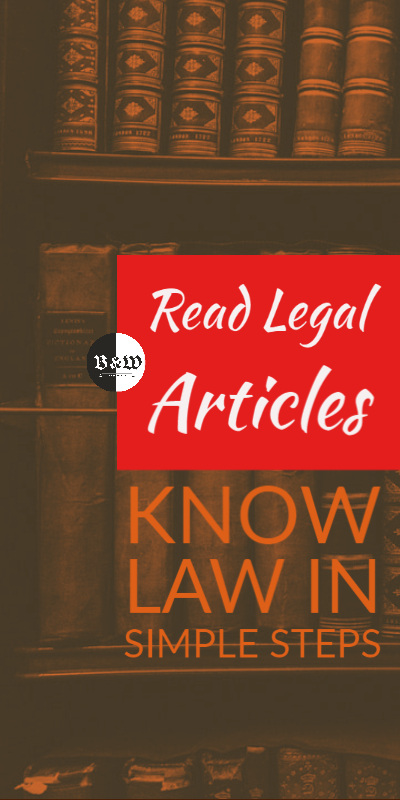Do You Know That You Can Be Punished For Unlawful Gathering | क्या आप जानते हैं कि आपको गैरकानूनी सभा के लिए दंडित किया जा सकता है
Meeting of minds, pre-mediation, prior conspiracy to conduct a criminal is of prime value in prosecution & defense in a criminal trial. There are distinctive overlaps in common intention and common object.
|
In this topic |
|
|
Basic Concept |
|
Article I.
|
Common Intention |
|
|
IPC Section |
|
IPC Section 34 – ACTS DONE BY SEVERAL PERSONS IN FURTHERANCE OF COMMON INTENTION |
|
Legal Definition |
|
|
Example |
|
A group of person comprising ‘A’, ‘B’, and ‘C’ agrees to commit a crime, by conducting a bank robbery. The ‘A’ assists the other two accused ‘B’ and ‘C’ to help in fleeing the spot by providing a vehicular support. ‘B’ provides support to ‘C’, but didn’t actually participate in the conduct of robbery. ‘C’ robs the bank.
Here A & B intentionally cooperates in commission of crime with C, and each one these people had a common intention of the crime to done by robbing the bank. Even though the act was done by C, all three accused A, B, and C, are proved to have a common intention, thereby implying IPC section 34. The prosecution can seek punishment as if the act of robbery was done by each of the accused individually. |
Article II.
|
Common Object |
NEXUS BETWEEN COMMON OBJECT & OFFENCE There must be nexus between the common object and offence committed and if it is found that the same was committed to accomplish the common object every member of the assembly will become liable for the same |
|
IPC Section |
|
IPC Section 149 – Every member of unlawful assembly guilty of offence committed in prosecution of common object |
|
Legal Definition |
|
|
Example |
|
A has participated in a group of protesters while assembly of persons were declared unlawful u/s 144. By participating in the unlawful assembly, the group of people including A had a common object of protesting, which was an unlawful act, for which every member of the assembly is trialable for the offence under common object IPC section 149 Meanwhile, A on sudden provocation or in impulse, assaulted a police personnel in the periphery, in full view of the protestor group. In this situation, although the assembly being unlawful and was charged u/s 149 of common object, but the assault on police was an isolated act done by A only. The common object of assault couldn’t be proved as no member of the assembly had agreed prior to create an assaultive act. For the assault action, only A is punishable. |
Article III.
|
Distinction between ‘Common Intention ’ & ‘Common Object’ |
|
|
Distinction
Difference between operation of Section 34 & Section 149 Both sections deal with combination of persons who become liable to be punished as sharers in commission of offence. In order to convict a person vicariously liable under section 34 or section 149 it is not necessary to prove that each and everyone had indulged in overt acts. |
|





